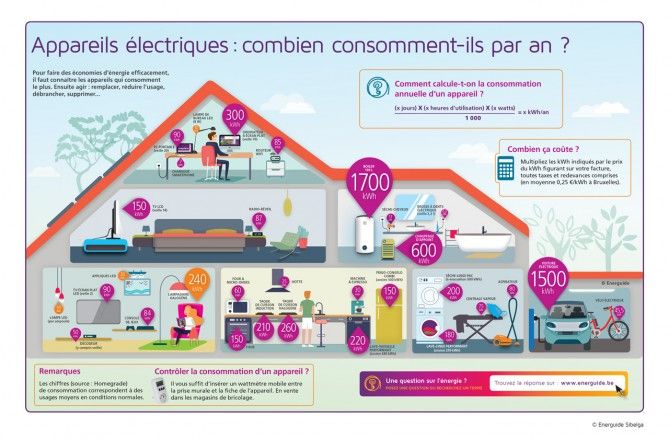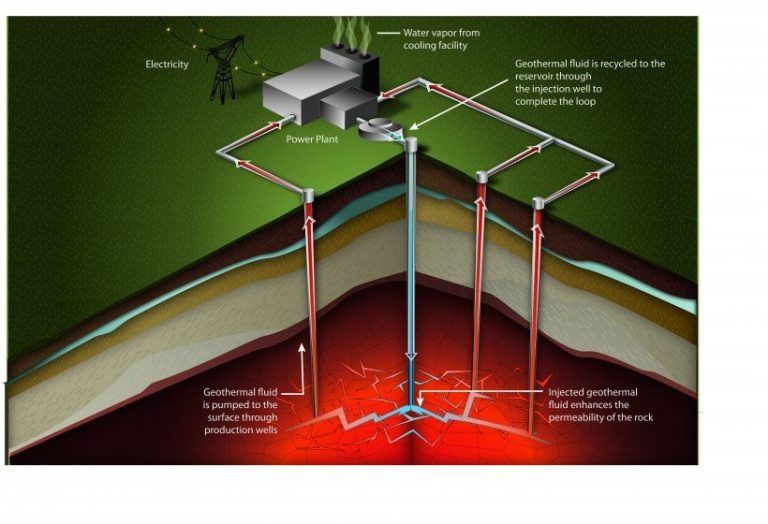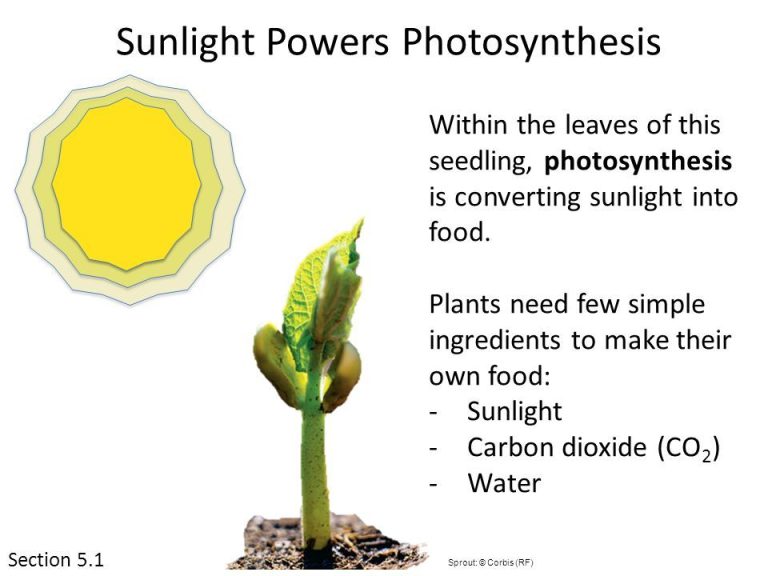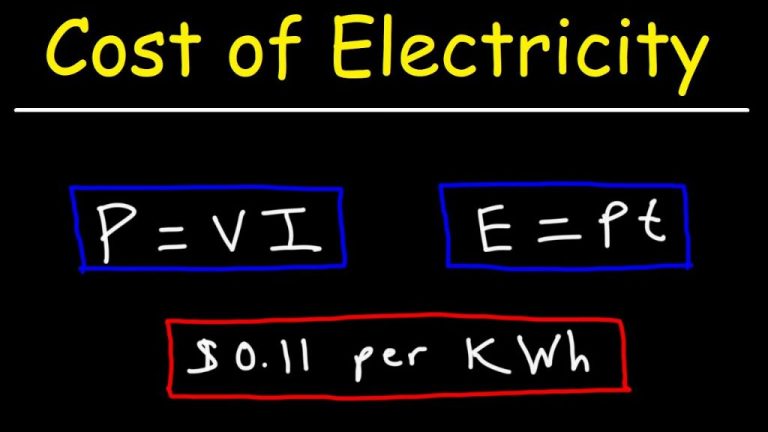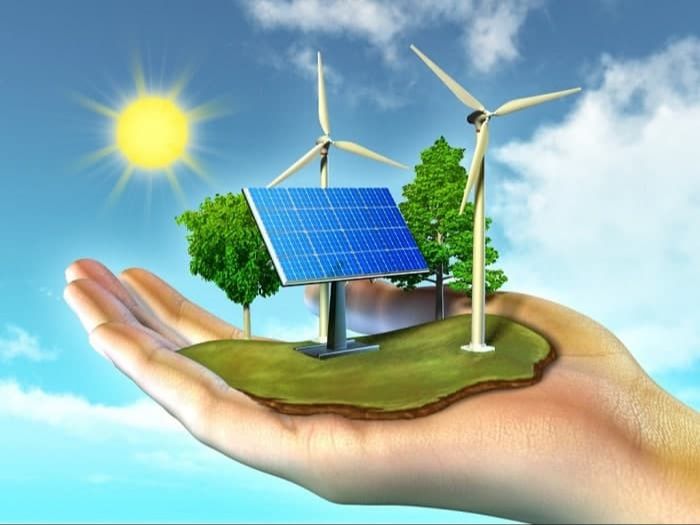What Are Two Main Disadvantages Of Fossil Fuels Compared To Renewable Energy?
High Carbon Emissions
Burning fossil fuels like coal, oil and gas releases large amounts of carbon dioxide into the atmosphere. According to the EPA, carbon dioxide accounts for over 80% of all U.S. greenhouse gas emissions from human activities (source). In 2019, fossil fuel combustion accounted for about 74.5% of total global greenhouse gas emissions (source). The main sources of these emissions are from electricity and heat production, manufacturing and construction, transportation, and other fuel combustion. The high carbon emissions from fossil fuels contribute greatly to global climate change.
Air Pollution
Burning fossil fuels like coal and oil emits harmful pollutants into the air that have severe impacts on human health and the environment. According to research from Harvard University, air pollution from the combustion of fossil fuels is responsible for approximately 1 in 5 deaths worldwide each year, totaling over 8 million premature deaths annually (https://www.hsph.harvard.edu/c-change/news/fossil-fuel-air-pollution-responsible-for-1-in-5-deaths-worldwide/).
The main pollutants emitted are sulfur dioxide, nitrogen oxides and particulate matter. These substances cause smog and acid rain, and contribute to a wide range of health problems including asthma, lung cancer, cardiovascular disease and premature death. Particulate matter is especially dangerous since the fine particles can penetrate deep into the lungs and enter the bloodstream. Exposure to air pollution from fossil fuel combustion increases the risk of respiratory infections, adversely affects lung development in children, and reduces life expectancy.
According to The Guardian, burning fossil fuels is responsible for approximately 5 million deaths per year from outdoor air pollution (https://www.theguardian.com/environment/2023/nov/29/air-pollution-from-fossil-fuels-kills-5-million-people-a-year). Transitioning to clean, renewable energy sources like solar and wind would drastically reduce emissions of these harmful air pollutants and their health impacts.
Dependence on Imports
Most European countries rely heavily on imported fossil fuels like oil and natural gas. In 2022, the EU imported over 60% of its natural gas and over 80% of its oil from other countries, primarily Russia (Eurostat, 2024). This dependence on imports reduces energy independence and leaves countries vulnerable to global price shocks and supply disruptions. For example, when Russia invaded Ukraine in 2022, it reduced natural gas flows to Europe, causing prices to skyrocket. Reducing fossil fuel use through increased renewable energy improves energy security by relying more on domestic energy production.
The EU is actively working to reduce its dependence on imported fossil fuels. Initiatives are underway to improve energy efficiency, increase renewable energy capacity, and diversify supplies by importing liquefied natural gas (LNG) from other countries (European Commission, 2022). However, imported fossil fuels will likely remain a major part of the EU energy mix in the near future. Greater renewable energy adoption can provide more energy independence and resilience over the long term.
Supply Will Eventually Run Out
Fossil fuels like oil, natural gas, and coal are finite resources that cannot be replenished at the rate they are being consumed. According to a Met Office report, at current rates of consumption, global oil reserves are predicted to run out in 53 years. While new reserves are still being discovered, fossil fuels are ultimately non-renewable – they take millions of years to form underground and we are using them much faster than new ones are being created. As global energy demand rises, easily accessible reserves are diminishing, making extraction more challenging and expensive over time. Without viable alternatives, dwindling fossil fuel supplies could lead to global energy shortages and volatility in prices and supply.
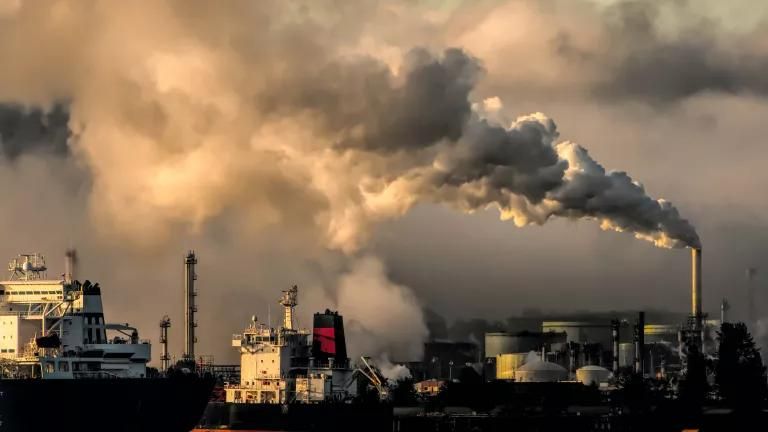
Oil Spills
Extracting, transporting, and using fossil fuels carries the risk of disastrous oil spills that can damage marine and coastal ecosystems. For example, in 1989, the Exxon Valdez oil tanker ran aground and spilled over 250,000 barrels of crude oil into Alaska’s Prince William Sound. This was the largest oil spill in US waters at the time and contaminated over 1,300 miles of shoreline. The spill killed hundreds of thousands of seabirds, seals, otters and other marine animals. Despite extensive cleanup efforts, oil remains on some beaches to this day. Other major spills like the BP Deepwater Horizon disaster in 2010 have also devastated marine ecosystems. In contrast, renewable energy sources like solar and wind do not require oil transport and thus avoid the catastrophic risks of spills.
Water Pollution
Mining and fracking for fossil fuels can leak toxic chemicals into groundwater and aquifers. Fracking injects large volumes of water mixed with chemicals and sand underground to fracture shale rock and release trapped oil and natural gas. This wastewater contains heavy metals, radioactive materials, and carcinogenic chemicals that can contaminate drinking water if not properly treated.
There have been several confirmed cases of fracking wastewater contaminating groundwater and aquifers. For example, a 2011 study by Penn State University found that about 40% of water wells sampled within 3 km of active fracking sites in Pennsylvania showed water contamination [1]. In Wyoming, fracking wastewater was linked to dangerous benzene contamination in drinking water wells [2]. The US Environmental Protection Agency also concluded that fracking was the likely cause of underground water pollution in Wyoming [3].
Transitioning to renewable energy sources like solar and wind would eliminate this risk of water contamination from fossil fuel extraction.
Solid Waste
Coal burning produces large amounts of toxic coal ash waste. According to the EPA, coal plants in the United States generate over 100 million tons of coal ash each year (https://www.epa.gov/coalash/coal-ash-basics). This coal ash contains toxins like mercury, cadmium and arsenic which can pollute the environment. Coal ash is often stored in landfills and ponds where it can leak into groundwater and nearby ecosystems, spreading toxic contamination (https://cen.acs.org/articles/94/i7/New-Life-Coal-Ash.html). There have been several high-profile spills of coal ash like in Kingston, Tennessee in 2008 where over 1 billion gallons of coal ash slurry was released. Handling the huge amounts of coal ash waste from coal plants is an ongoing environmental challenge.
Renewables are Inexhaustible
Solar, wind, hydro and geothermal energy are considered renewable energy sources because they will never run out. The sun constantly produces an enormous amount of solar energy, the wind is continuously replenished through atmospheric circulation, rivers continue to flow providing hydro power, and the Earth’s internal heat drives geothermal energy. Unlike finite fossil fuels which could be depleted within decades, these renewable sources provide endless clean power.
Research shows that the potential renewable energy on Earth far exceeds global energy needs. One study found that building enough solar panels to meet total world energy demand would take up just 0.3% of land area, less than the area currently used for fossil fuels (Carbontracker). The development of renewables is also scalable – solar and wind farms can expand to produce more energy as needed. While the sun’s output is fixed, we can continually install more panels to harness more of that energy. Renewables are essentially boundless energy sources.
Transitioning the world’s energy system to 100% renewables is feasible within the next few decades according to research. Relying on sustainable solar, wind, hydro and geothermal energy will provide humanity with indefinite clean power far into the future.
Lower Carbon Emissions
Most renewables like solar and wind emit little to no greenhouse gases when generating electricity. According to a study by the National Renewable Energy Laboratory, the life cycle greenhouse gas emissions from solar photovoltaic systems are between 15-32 grams of CO2 equivalent per kilowatt-hour (kWh) of electricity generated, with an average of 46 grams CO2eq/kWh (1). In comparison, traditional fossil fuel power plants emit between 820-490 grams of CO2eq per kWh for coal and natural gas plants respectively (2). By switching to renewable energy sources like solar and wind, we can significantly reduce the carbon emissions associated with generating electricity.
One analysis found that each kWh of solar energy can reduce life cycle carbon dioxide emissions by up to 0.5 pounds compared to the current electric grid average (3). This demonstrates the immense potential of solar energy to reduce our carbon footprint and mitigate climate change.
Sources:
(1) https://www.nrel.gov/docs/fy13osti/56487.pdf
(2) https://sistinesolar.com/solar-panel-carbon-footprint/
(3) https://www.solar.com/learn/what-is-the-carbon-footprint-of-solar-panels/
Healthier Air Quality
Fossil fuels like coal and natural gas emit pollutants like particulate matter, nitrogen oxides, and sulfur dioxide that reduce air quality and harm human health. According to the EPA, in 2020 alone reduced air pollution prevented over 230,000 premature deaths in the US (source). Unlike fossil fuels, most renewable energy sources like solar and wind do not emit air pollutants. Switching to renewables can significantly improve air quality and public health.
A 2020 air quality report found that lockdowns and reduced fossil fuel use during COVID-19 led to cleaner air and tens of thousands of avoided deaths globally. Renewable energy could provide these benefits more permanently. The WHO estimates over 3 million people die annually from household air pollution, largely from burning solid fuels like coal and biomass for energy (source). Transitioning these households to clean electricity from renewables would significantly reduce premature deaths from air pollution.

